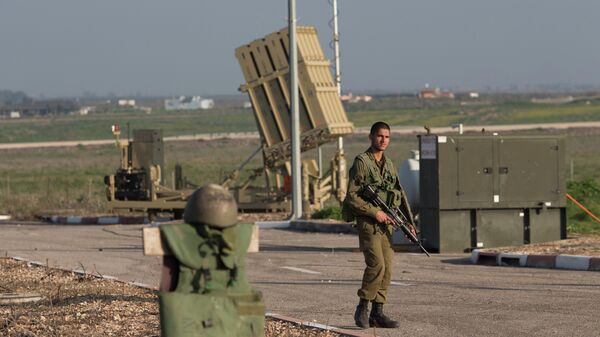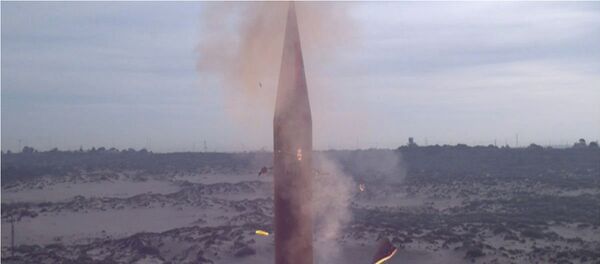The statement is a surprising break from previous Israeli assurances that the Iron Dome, arguably one of the most talked about defense systems in the world, has a 90 percent success rate.
Israeli officials say the defense "shield" is able to detect an incoming rocket, determine its path and likely point of impact, and intercept it if it poses a threat to Israeli towns or cities.
Israel claims that of the purported 3,500 rockets fired from Gaza during its latest military operation, 90 percent of those that would have hit population centers were shot down by the Iron Dome system.
But experts outside of the country have questioned the efficiency of the system.
"In order for Iron Dome to have any chance of detonating the rocket warheads, it must engage from the front," wrote Richard Lloyd, a warhead designer, in a recently declassified 28-page technical report obtained by Al Jazeera.
In other words, the Iron Dome missiles must approach rockets head-on, or the probability of interception drops to virtually zero. This is due to the nature of the interceptors' warhead, which is not in the nose of the missile but a third of the length down.
When very close to its target, the interceptor will detonate, sending a shower of steel rods out to the side of the missile to destroy the rocket. The only way these rods can successfully hit a rocket warhead is when the interceptor comes up to meet the rocket and passes just by it.
Attempting to hit the rocket side-on will have virtually no chance of success.
The Iron Dome is an air defense system developed by Rafael Advanced Defense System, designed to intercept short-range rockets and mortar shells.
Israel deployed the system first in the south in April 2011 to intercept rockets from the Gaza Strip.
The system uses cameras and radar to track incoming rockets and is supposed to shoot them down within seconds of their launch.



